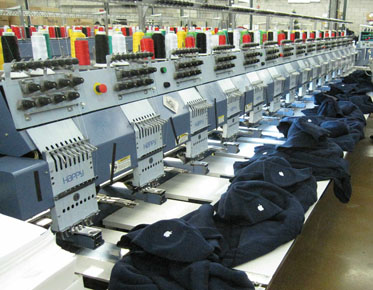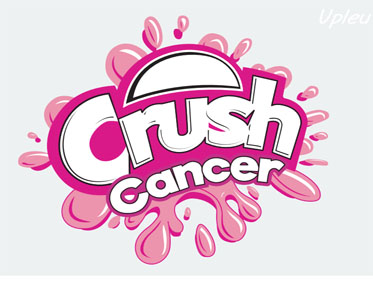Embroidery Digitizing for Personal Projects
Embroidery digitizing is a fascinating process that involves converting an image or design into a digital embroidery file format that can be read by an embroidery machine. This process involves several techniques and steps to ensure that the final product is of high quality and meets the desired specifications. While embroidery digitizing is often associated with commercial settings, it can also be a fun and rewarding activity for personal projects.
Embroidery digitizing allows individuals to
create custom designs for various personal projects, such as personalized
gifts, home decor, and clothing. With the right tools and techniques, even
beginners can create professional-looking designs. Here are some tips for
embroidery digitizing for personal projects:
Choose the Right Software
The first step in embroidery digitizing is choosing the right software. There are various embroidery software options available, ranging from basic to advanced. Some popular software options include Embird, Wilcom Hatch, and Brother PE Design. It is essential to choose a software that fits your skill level and budget.
Select the Design
Once you have chosen the software, it is time to select the design. You can create your design or choose from pre-made designs available online. Make sure to choose a design that suits the project's purpose and complements the fabric's color and texture.
Convert the Design
The next step is to convert the design into a digital file format that can be read by an embroidery machine. This process involves tracing the design and assigning stitches to the various elements. Pay attention to the stitch density and direction, as they can affect the final product's quality.
Test the Design
Before stitching the design onto the fabric, it is crucial to test the design. This process involves stitching the design onto a piece of fabric similar to the final product's fabric. This step helps to identify any issues and make adjustments to the design if necessary.
Choose the Right Fabric and Thread
Choosing the right fabric and thread can greatly impact the final product's quality. Make sure to choose a fabric that complements the design and thread color. Additionally, select high-quality thread to ensure that the stitching is durable and long-lasting.
Stitch the Design
The final step is stitching the design onto the fabric using an embroidery machine. Make sure to follow the machine's instructions and use the correct needle size and type. Pay attention to the thread tension and adjust it if necessary.
Here are some steps to help you stitch the design successfully:
Choose the Correct Hoop Size
The hoop size you choose should correspond to the design size. Ensure that the fabric fits securely and tightly in the hoop to prevent shifting during stitching.
Thread the Machine
Thread the embroidery machine with the thread color you have chosen. Ensure that the thread tension is set correctly for the thread type and thickness.
Load the Design
Load the digital embroidery file into the embroidery machine. Some machines come with USB or SD card ports for this purpose. Follow the manufacturer's instructions for loading the design.
Position the Hoop
Position the hoop with the fabric in the embroidery machine, ensuring that the needle is directly above the center of the design.
Start the Machine
Start the embroidery machine and watch as the design stitches onto the fabric. Ensure that the machine is running smoothly, and the stitches are forming correctly. You may need to adjust the machine's speed or tension as necessary.
Trim the Thread
After the design is complete, remove the hoop from the machine and trim any excess thread. If necessary, use a seam ripper to remove any unwanted stitches.
Finish the Design
Finally, finish the design by removing any stabilizer or backing material from the fabric. You can then wash and dry the finished design according to the fabric's care instructions.
In conclusion, embroidery digitizing can be
used for personal projects, such as personalized gifts, home decor, and
clothing. By choosing the right software, selecting the design, converting the
design, testing the design, choosing the right fabric and thread, and stitching
the design, individuals can create professional-looking designs for their
personal projects.



